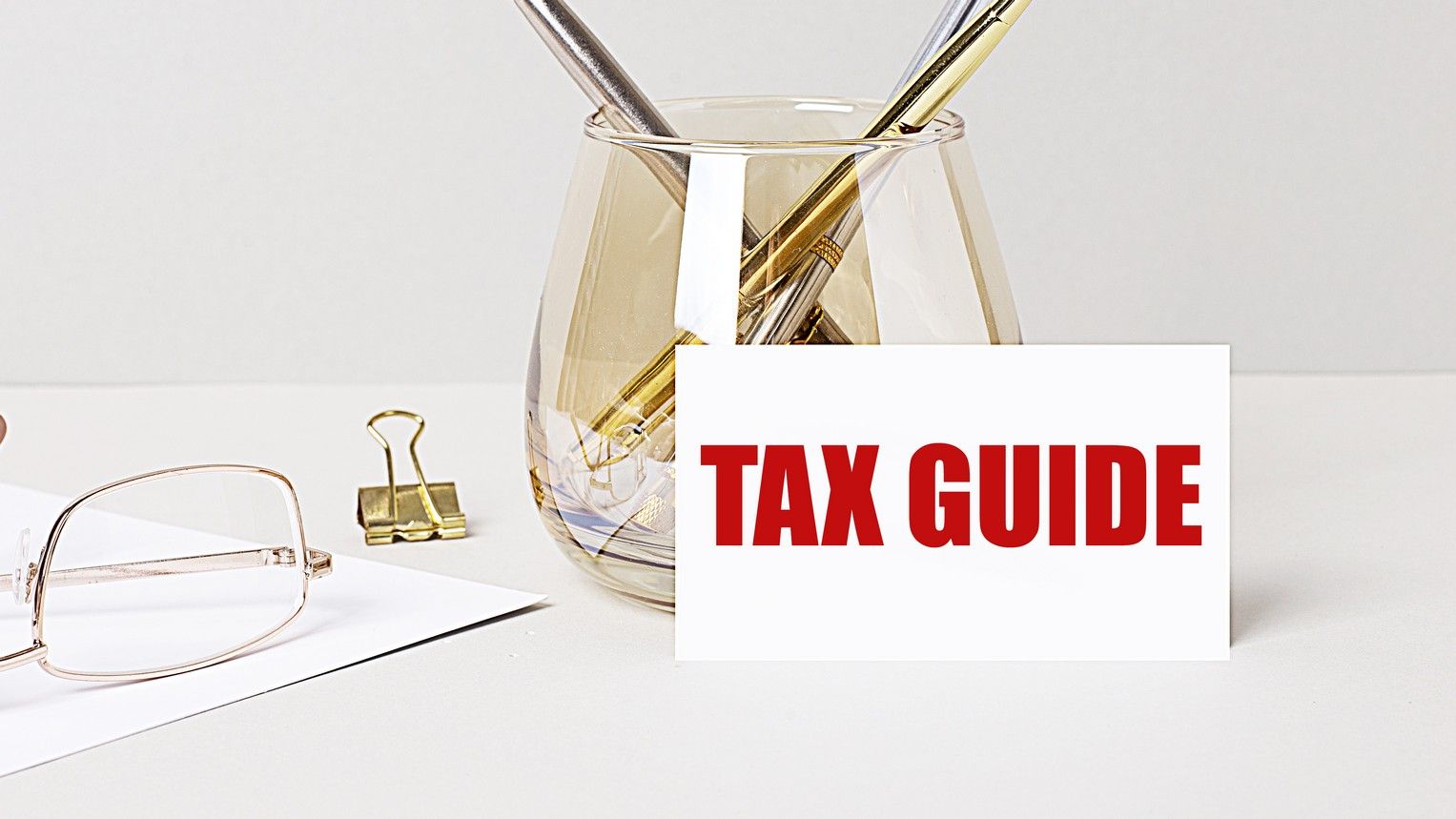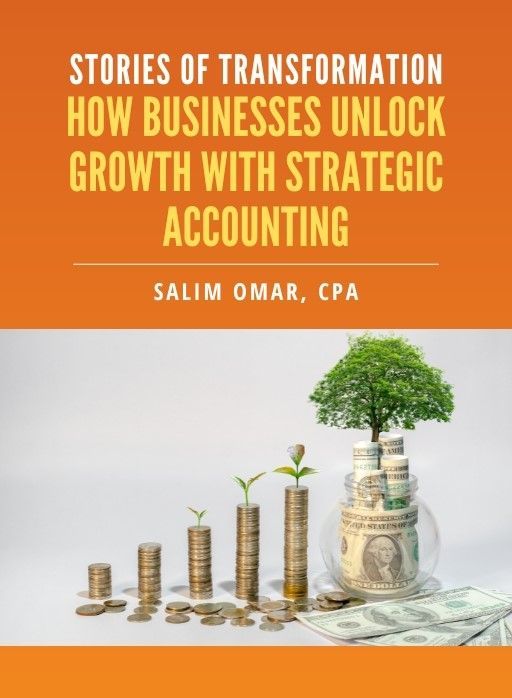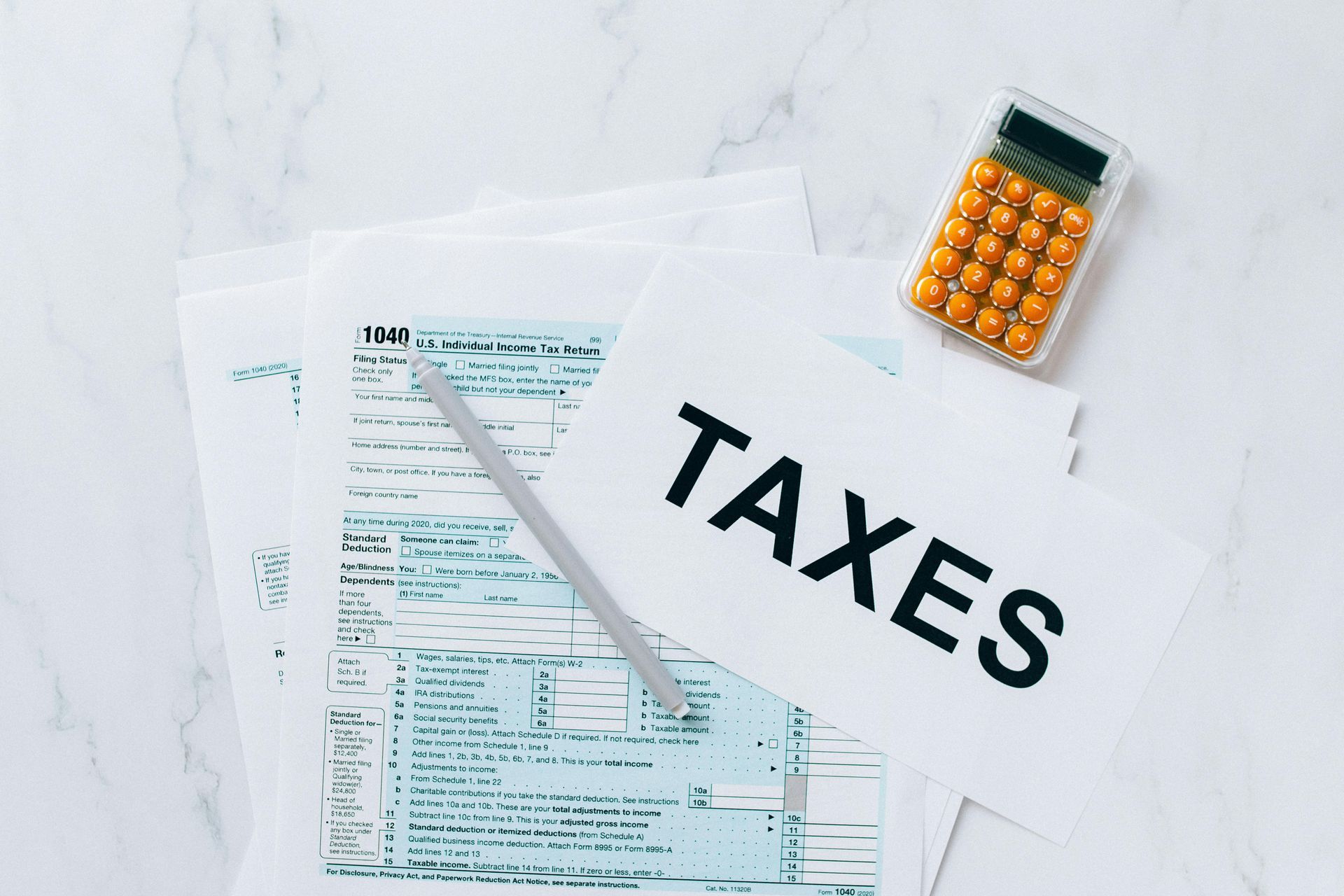How to Prepare for a Mid-Year Tax Strategy Session

A mid-year tax strategy session isn’t just another meeting on the calendar—it’s your golden window to pivot, plan, and proactively lower your tax burden before December 31st sneaks up. Waiting until tax season is like showing up to a final exam without studying. But when you check in with your CPA in the middle of the year? That’s when the real tax savings happen.
So how should you prep? What documents should you bring? What questions should you ask? Straight Talk CPAs has pulled together everything needed to walk into that strategy session ready to make smarter financial decisions. Whether you’re a business owner, high-income earner, or juggling multiple income streams, this checklist will get you 100% ready.
Why Mid-Year Matters
Before diving into the checklist, here’s why the middle of the year is prime time for tax planning:
- You still have time to act: Unlike a January meeting, mid-year gives you 6+ months to make real changes—adjusting payroll, buying equipment, contributing to retirement, restructuring ownership, and more.
- Your books are halfway done: With six months of data in the books, a CPA can spot trends and issues you might’ve missed.
- You can shift strategy: Maybe profits are higher than expected (hello, higher tax bill). Or maybe you’re lagging and need to reduce expenses. Mid-year is your time to pivot.
What to Bring to Your Mid-Year Tax Strategy Meeting
Let’s get practical. Don’t show up empty-handed. A well-prepped client makes the session faster, clearer, and far more valuable. Here’s what to gather:
Your Current Financials (Jan–June)
Bring your year-to-date profit and loss statement, balance sheet, and cash flow report. If you’re using QuickBooks or another platform, export those reports as PDFs.
Tip: If your books aren’t caught up, ask your bookkeeper to get everything current before the meeting. It’s worth the extra push.
Payroll Reports
This includes total compensation for all employees, any bonuses paid, and owner draws or salary. If you’ve added a new employee or contractor recently, flag that too.
1099s & Contractor Payments
List out any vendors or freelancers you’ve paid more than $600 so far this year. It helps your advisor prep for filing and spot opportunities to shift expenses.
Mileage and Business Travel Log
Yes, even in the age of Zoom, business travel counts. If you’ve hit the road or visited clients, document those miles and expenses.
Major Purchases & Planned Investments
Thinking of buying a new work vehicle? Expanding your office? Investing in equipment? Bring those plans to the table. Strategic timing of purchases can mean thousands in deductions.
Estimated Tax Payments Made
Show what’s already been paid in estimated taxes this year. This helps your advisor calculate any shortfalls—or suggest holding off on future payments if you’re overpaying.
Changes in Ownership, Entity, or Operations
Did you switch from an LLC to an S-Corp? Add a partner? Launch a new service line? These details matter more than you think in shaping your tax picture.
Personal Income Changes
If you're filing jointly or your household income shifted—maybe your spouse switched jobs or you sold a rental property—that impacts your tax plan.
Conversation Topics to Cover with Your Tax Advisor
Once your documents are ready, structure your strategy session like this:
1. Review Year-to-Date Numbers
Start with a clear picture of where you stand. Let your CPA point out unusual trends, areas of concern, or pleasant surprises.
2. Project Year-End Income
Based on current growth, where will your revenue land by December? Your advisor can help model different income scenarios and spot potential tax impacts.
3. Explore New Deductions or Credits
Ask about deductions you may not be taking advantage of—such as R&D credits, bonus depreciation, energy-efficient equipment, or employer-sponsored retirement plans.
Real Talk Example: One Straight Talk CPAs client was planning to purchase a $45,000 piece of machinery in January. After a mid-year session, we advised buying it in November instead. That one shift cut their tax bill by nearly $9,000.
4. Evaluate Entity Structure
It’s not uncommon to outgrow your current business setup. Your CPA might recommend switching from a sole prop to an S-Corp or starting a holding company.
5. Adjust Owner Compensation
This is a biggie. S-Corp owners need to walk a fine line between reasonable salary and distributions. Too little salary, and the IRS might raise a red flag. Too much, and you’re overpaying payroll taxes.
6. Plan for Retirement Contributions
If your cash flow allows, now’s the time to boost your SEP IRA, Solo 401(k), or defined benefit plan contributions. These aren’t just savings—they’re powerful tax tools.
7. Prepare for Estimated Taxes or Adjust Withholding
If you’re behind on payments, your CPA may recommend catching up or adjusting course. If you’re ahead, they may suggest holding off or reinvesting the excess.
8. Discuss State and Local Tax Changes
New laws could be affecting your tax picture. A proactive advisor stays on top of these shifts and how they play into your broader strategy.
Common Mistakes to Avoid
Here’s what not to do during your mid-year tax session:
- “We’ll figure it out at year-end.” That’s reactive, not strategic. By then, your options are limited.
- Bringing incomplete or outdated reports. Your CPA needs real-time info to give accurate advice.
- Ignoring personal finances. Especially for pass-through entities, your personal and business taxes are linked.
- Not speaking up. If you have questions, concerns, or goals—say them. A tax strategy session should be a two-way street.
The Straight Talk CPAs Difference
Straight Talk CPAs doesn’t do cookie-cutter tax planning. Every session is customized based on your industry, goals, and current numbers. Our team translates tax code into real strategy, plain language, and smart decisions that actually save you money.
Final Thoughts
A mid-year tax strategy session is one of the most overlooked—but most powerful—ways to reduce your tax bill and stay in control of your business finances. It’s not just about taxes. It’s about using your numbers to guide smarter moves before it’s too late.
Show up prepared, ask the right questions, and make sure your advisor is helping you plan—not just file. And if you want help that’s actually helpful? Straight Talk CPAs is ready when you are.
Free eBook:
Stories of Transformation


Salim is a straight-talking CPA with 30+ years of entrepreneurial and accounting experience. His professional background includes experience as a former Chief Financial Officer and, for the last twenty-five years, as a serial 7-Figure entrepreneur.




